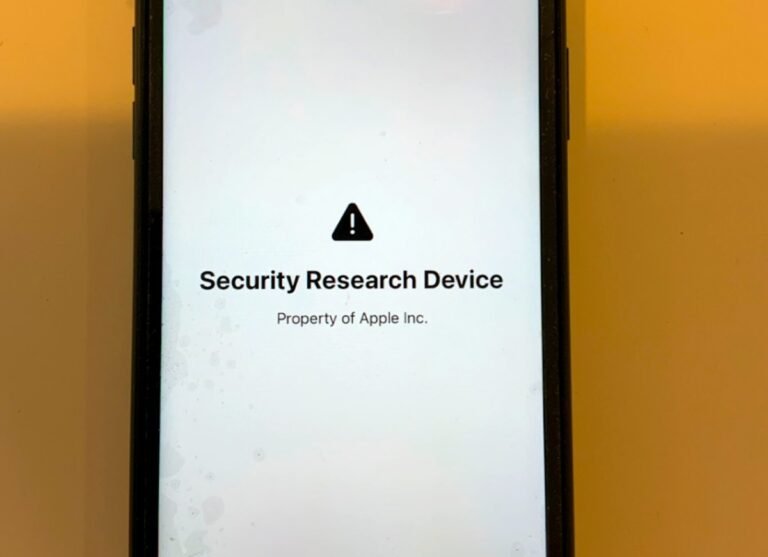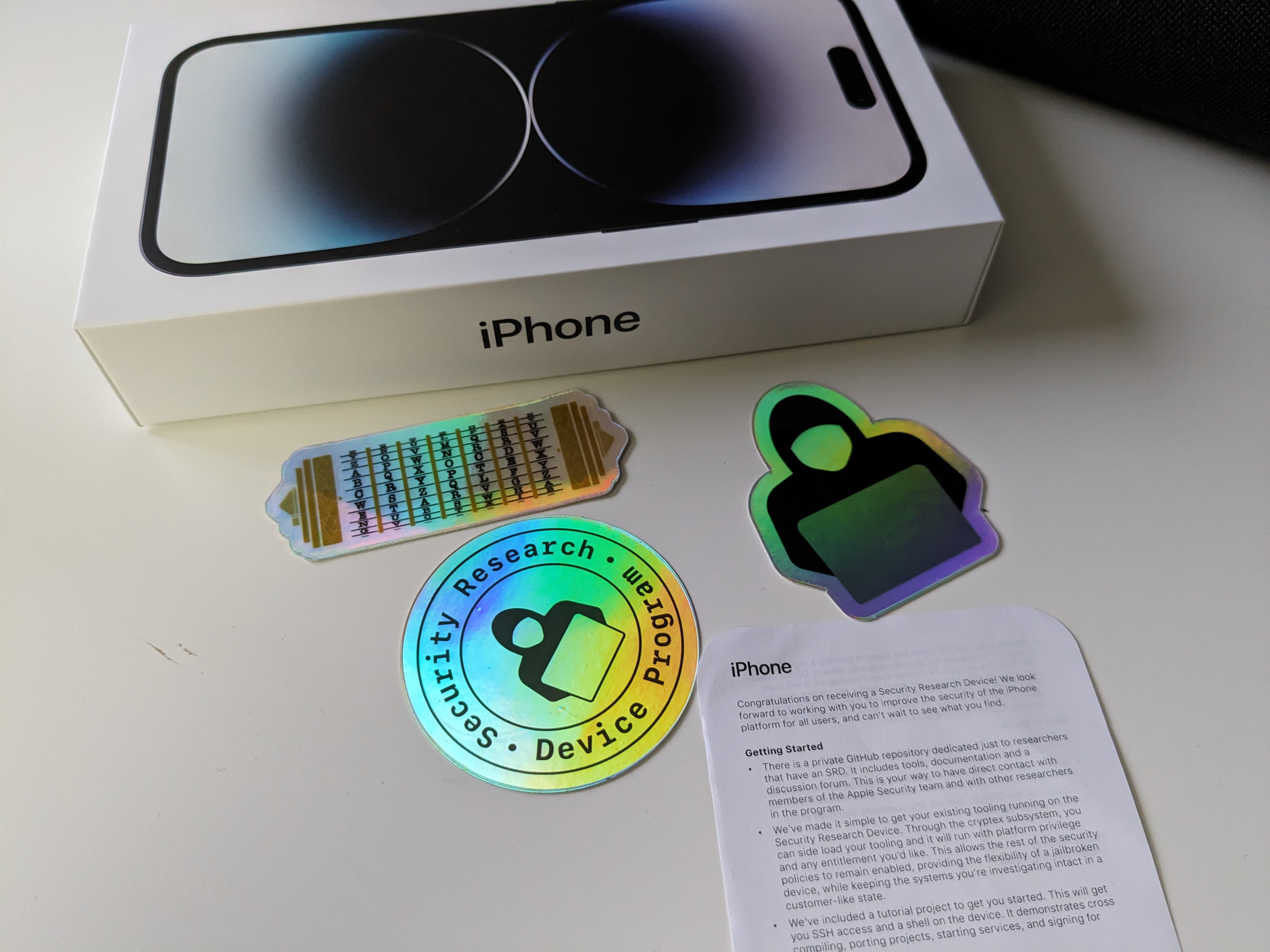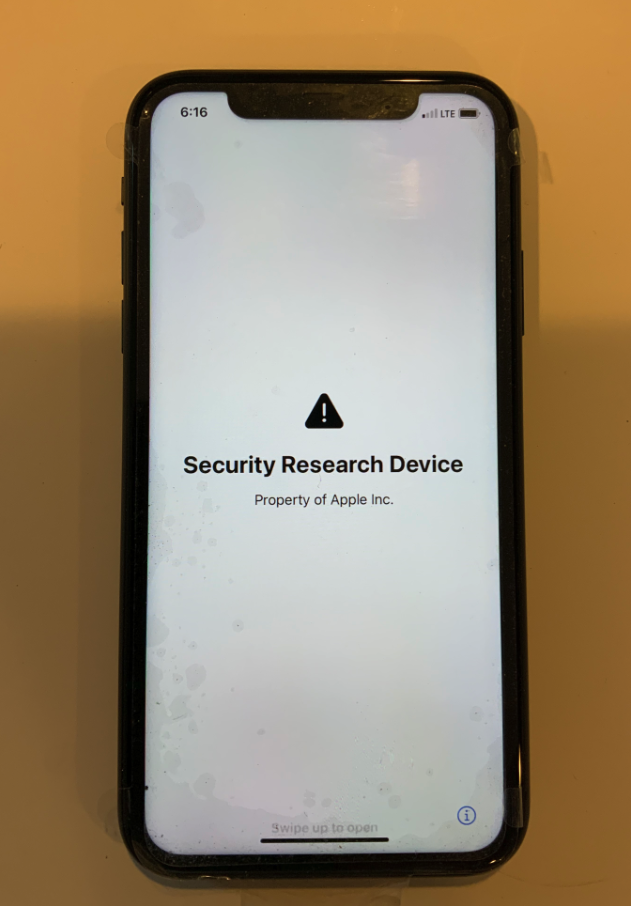Cracked iPhones are seen during COP28 in Dubai, United Arab Emirates on November 30, 2023. Image Credits: Beata Zawrzel/NurPhoto via Getty Images
In 2019, Apple announced that it would begin sending some security researchers a “special” version of the iPhone designed to be used to find vulnerabilities, which could then be reported to Apple for the company to fix. In 2020, the company began shipping the devices, which are designed to have certain security features disabled, making it easier for researchers to hunt down bugs in iOS.
Before these devices existed, there was a loosely organized group of hackers and security researchers hell-bent on lifting Apple’s restrictions on iPhones, known as “jailbreakers”. The term came from the concept of breaking out of Apple’s security restrictions – called a “jail” – on the iPhone.
The jailbreaker’s goals were sometimes just to have fun bypassing restrictions, such as sideloading apps that aren’t included in the official App Store, and — in the past — simply changing the iPhone’s background before enabling that feature.
Despite these seemingly innocuous targets, Apple has waged a war against jailbreakers for years, discouraging people from turning off their iPhone’s security features. There is still at least one Apple support page which calls jailbreaking “unauthorized modifications” to iOS.
As for these days, Apple seems to have embraced the term jailbreaking by using it in its official Device Security Research guidelines, according to a photo posted on X (formerly Twitter) by security researcher Gergely Kalman.
“We’ve made it simple to run your existing tools on the Security Research Appliance. Through the cryptex subsystem, you can sideload your tools and it will run with the platform privilege and any privilege you want,” the instructions state. “This allows the rest of the security policies to remain enabled, providing the flexibility of a jailbroken device while keeping the systems you’re investigating intact in a client-like state.”
Kalman included a picture of the box that held the iPhone security research device, a page with instructions for researchers and three stickers he said were inside the box.
“Sorry no unboxing video, but here is the Apple Security Research Device with the swag included,” Kalman wrote in the post he published on Tuesday.
It is unclear how many of these Security Research Devices actually exist in the wild, and very few photos of them have been widely distributed online.
Apple spokesman Scott Radcliffe did not respond to a request for comment when TechCrunch asked how many of these devices Apple has shipped and whether the program has led to an increase in the number of vulnerabilities reported to the company.
Kalman told TechCrunch that his Security Research Device is “identical” to an iPhone 14 Pro. The only difference, he added, is that at the bottom of the lock screen is the writing “Security Research Device” and an Apple phone number, presumably to report it if it’s lost.
In addition to that, Kalman said there is a special label on the box that says “Do not remove” and “Property of Apple Inc.”, along with a serial number, which Apple notes on its website. Kalman said there is also a marking on the side of the phone that says: “Property of Apple. Confidential and Proprietary. Call +1 877 595 1125.”
Before Kalman’s post on Tuesday, it appears that there was only one blog post which showed photos of a Research Security Device, published in 2022.
The launch of the Security Research Device program was at least partly an answer the proliferation of iPhone prototypes — technically called “dev-fused” devices — that hackers and collectors bought and sold on an underground market.
These “dev-fused” devices are essentially iPhones that haven’t gone through the full production process or were previously used internally at Apple for feature testing and were never meant to end up in consumer hands. As such, these devices have fewer of the typical security features and restrictions found on a regular iPhone. That’s what made them particularly attractive to security researchers: these devices make it easier for hackers to find bugs in the iPhone’s more protected code.
That’s why these devices can cost thousands of dollars, and why Apple is fighting this gray market — as well as offering the Security Research Devices alternative.


